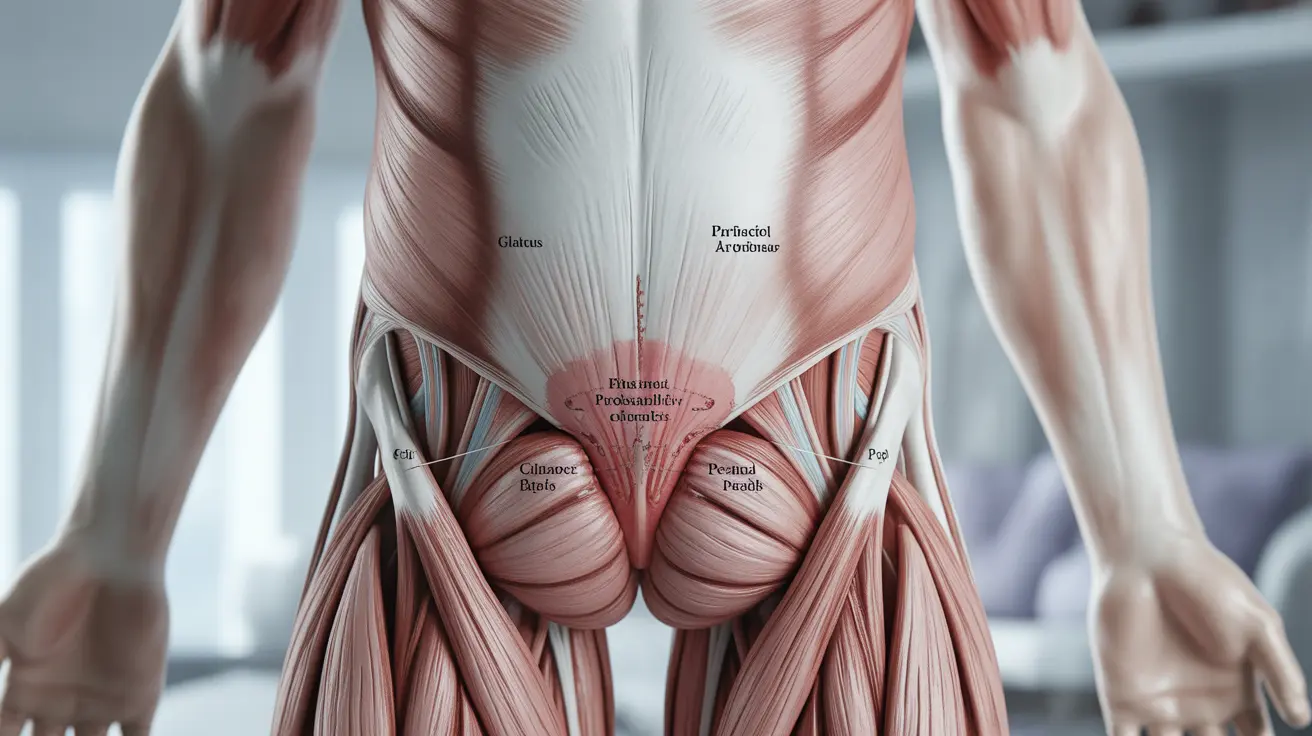Persistent Genital Arousal Disorder (PGAD) is a challenging and often misunderstood condition that can significantly impact quality of life. This comprehensive guide explores the available treatment options, symptoms, and management strategies for individuals affected by PGAD, providing evidence-based information and practical support.
While PGAD remains relatively rare, understanding its complexities and available treatments is crucial for both patients and healthcare providers. The condition can cause significant physical and emotional distress, but various treatment approaches have shown promise in managing symptoms effectively.
Understanding PGAD Symptoms and Diagnosis
PGAD manifests as persistent, unwanted genital arousal that occurs without sexual stimulation or desire. Unlike healthy sexual arousal, these sensations can be intrusive, distressing, and may not be relieved by sexual activity. Common symptoms include:
- Continuous or intermittent genital sensations
- Physical discomfort or pain
- Persistent feelings of arousal unrelated to sexual desire
- Symptoms lasting hours, days, or longer
- Significant emotional and psychological impact
Diagnosis typically involves a thorough medical evaluation to rule out other conditions and assess the specific symptoms experienced by each individual. Healthcare providers may use various diagnostic tools and physical examinations to determine the underlying causes.
Comprehensive Treatment Approaches for PGAD
PGAD treatment typically involves a multi-modal approach, tailored to each individual's specific symptoms and underlying causes. The most effective treatment strategies often include:
Medical Interventions
Healthcare providers may prescribe various medications to manage PGAD symptoms, including:
- Antidepressants
- Anti-seizure medications
- Nerve-blocking medications
- Hormonal treatments when appropriate
Physical Therapy Options
Pelvic floor physical therapy has emerged as a crucial component of PGAD treatment. This specialized therapy can help by:
- Addressing muscle tension and dysfunction
- Improving pelvic floor coordination
- Teaching relaxation techniques
- Providing targeted exercises for symptom relief
Addressing Underlying Causes
Neurological Factors
Some cases of PGAD may be linked to neurological conditions or nerve compression. Treatment approaches may include:
- Nerve decompression surgery when indicated
- Neurological medications
- Regular neurological monitoring and assessment
Psychological Support
Mental health support is often crucial in managing PGAD, involving:
- Cognitive behavioral therapy
- Stress management techniques
- Anxiety and depression treatment
- Support group participation
Lifestyle Modifications and Self-Management
Several lifestyle changes can help manage PGAD symptoms effectively:
- Stress reduction techniques
- Regular gentle exercise
- Avoiding trigger foods or activities
- Maintaining a consistent sleep schedule
- Wearing comfortable, non-restrictive clothing
Frequently Asked Questions
What are the most common symptoms of Persistent Genital Arousal Disorder (PGAD)?
The most common symptoms include unwanted genital arousal without sexual desire, persistent discomfort or pain, and sensations that don't resolve with normal sexual activity. These symptoms can last for extended periods and significantly impact daily life.
How do you treat Persistent Genital Arousal Disorder, and what are the most effective treatments?
PGAD treatment typically involves a combination of approaches, including medications, pelvic floor physical therapy, psychological support, and lifestyle modifications. The most effective treatment plan is individually tailored and may include multiple therapeutic approaches working together.
Can Persistent Genital Arousal Disorder be caused by hormonal changes or mental health conditions?
Yes, PGAD can be influenced by hormonal fluctuations and mental health conditions. Hormonal changes, particularly during menopause, and conditions like anxiety or depression can trigger or exacerbate symptoms. Professional evaluation is essential to determine the specific causes in each case.
Is pelvic floor physical therapy beneficial for managing PGAD symptoms, and how does it work?
Pelvic floor physical therapy can be highly beneficial for PGAD management. It works by addressing muscle tension, improving coordination, and teaching relaxation techniques. Therapists use specialized techniques to help regulate pelvic floor muscle function and reduce symptoms.
What are some lifestyle changes that can help reduce the discomfort associated with Persistent Genital Arousal Disorder?
Effective lifestyle changes include stress management techniques, regular exercise, maintaining good sleep hygiene, wearing comfortable clothing, and avoiding known triggers. These modifications, combined with professional treatment, can help reduce symptom severity and improve quality of life.




